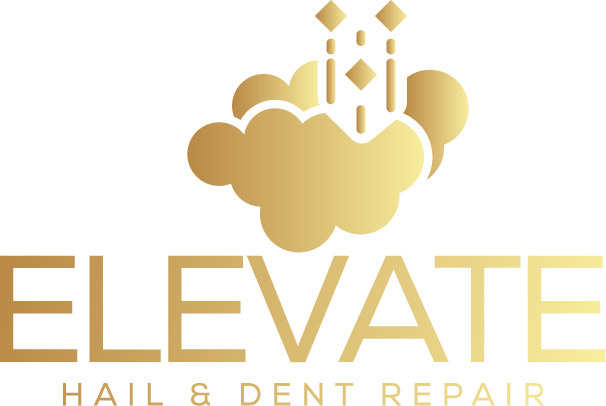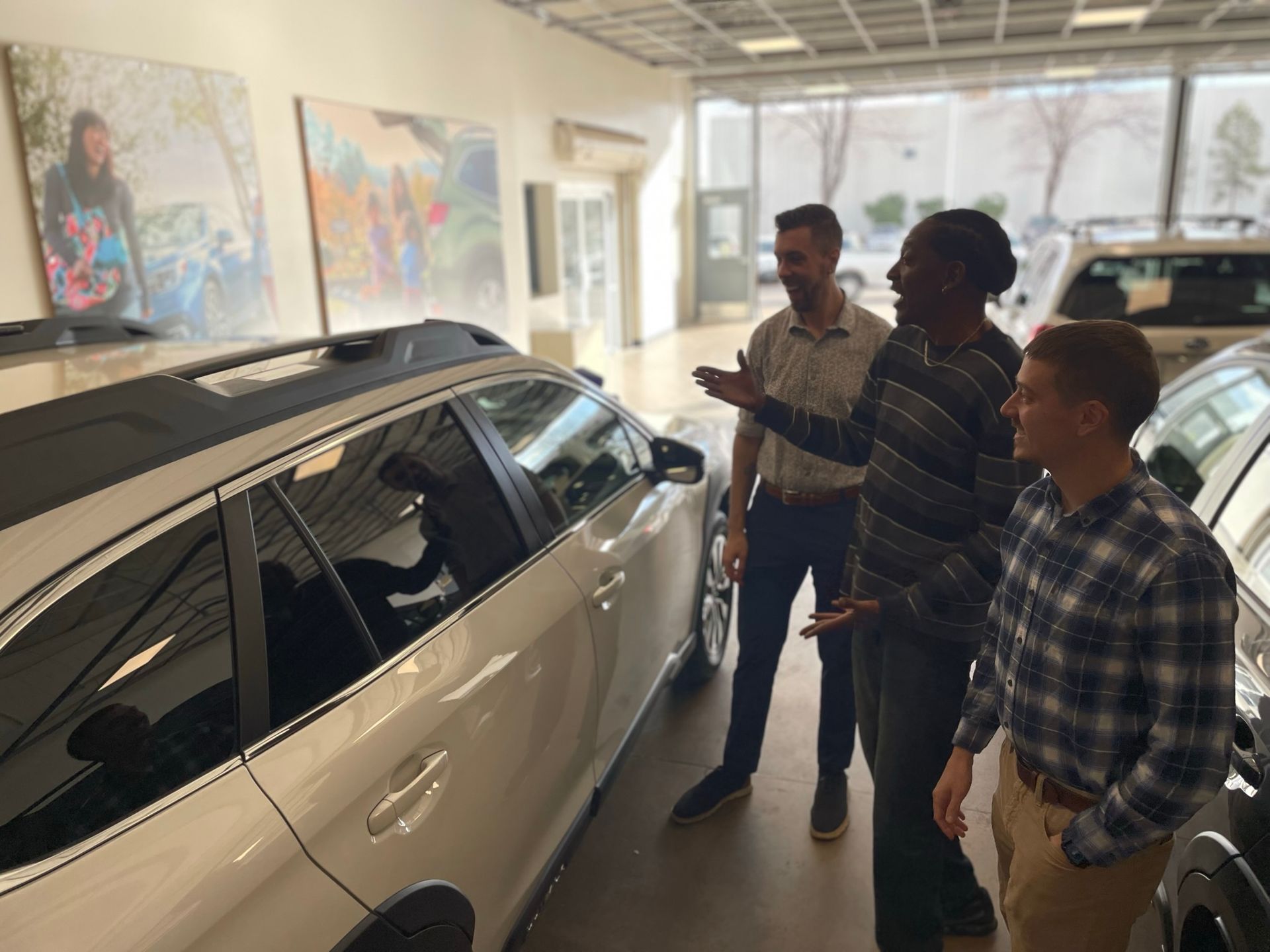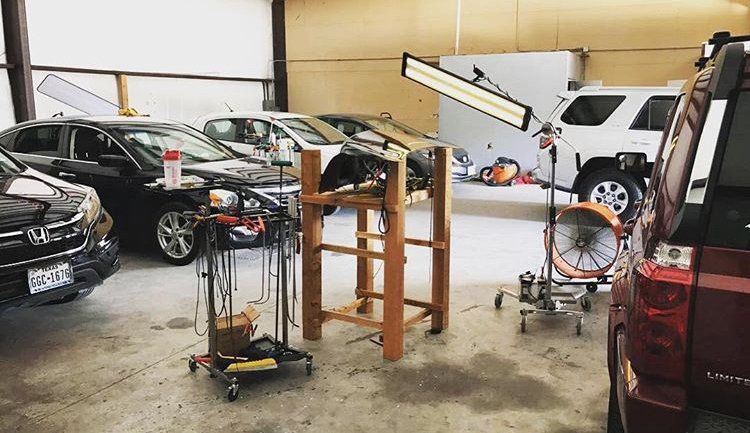Paintless dent repair is a great way to restore your vehicle’s paint job without having to go through the hassle of panel replacement and repainting. This method can save you time, and restore equity back into your vehicle, but it isn’t always the right choice depending on the size, shape, or location of the dent. Here’s everything you need to know about paintless dent repair and how it works.
What Is Paintless Dent Repair?
Paintless dent repair (PDR) is an innovative technique used to fix dents on vehicles without needing to do any paint work. It uses specialized tools and techniques that gently massage, push, and pull the metal back into its original shape. This process preserves the original factory finish of your vehicle which, in turn, restores and preserves your vehicle's value. The process is incredibly effective for minor dents, but may not be suitable for larger or more severe damage.
How Does It Work?
The first step in PDR is assessing the damage and determining if this technique is suitable for repairing it. To ensure that no further damage is caused by attempting a PDR fix, an experienced technician will analyze the area of impact using special lighting techniques to make sure that all of the materials are still intact. If there are any signs of cracking or other damage due to age or wear and tear, then this technique may not be suitable for fixing the issue.
Next, special tools are used by technicians to manipulate and massage the metal back into its original shape from behind the paneling where possible. This is done with great precision so as not to cause any additional damage during the process.
Factors that affect dent repair are the number of dents, the severity of the damage, the material of the panel, the location of the damage, and paint quality.
Severity is measured by the size of the dent(s) as well as the depth. The larger or deeper the dent, the more malleability, or ability to move the dent, is lost in the metal. At times, a dent may be smaller, but extremely deep. This creates pressure on the metal and can also keep the dent from going back to its original shape or can cause the paint to damage when the metal is moved.
The material of the panel may create a difficult repair, as thinner aluminum panels will be softer, and overcorrect when moved too aggressively, while thicker high-strength steel panels will require more torque to move the metal at all.
The location of the damage may affect the difficulty of the dent repair as dents located on top of a brace, or at the edge of a panel may have obstructed access or no access at all. In the event the dent is not accessible, the technician will not be able to use their specialized tools to move the metal back into its original position.
Dents with damaged paint can prevent a dent from being repairable altogether, while panels that have dry paint, or aftermarket paint can make a dent more technical for repair as the chance for damage to the paint during the repair process increases.
The most ideal dents for paintless dent repair are smaller, shallower dents that are easily accessible using the technician’s specialized tools, and have the OEM or factory paint both intact, and in good condition. These factors should always be taken into consideration before attempting any type of PDR fixes on a vehicle as they could lead to potential problems down the line if these issues are not addressed ahead of time before starting repairs!
Paintless dent repair (PDR) is an innovative technique used for restoring minor damages on vehicles without needing repainting work done afterward. The process involves assessing damages, using special lighting techniques, and careful manipulation of metal back into its original form using specific tools. Thankfully, car owners do not have to know everything about their vehicle to know if paintless dent repair is right for their damage as a certified PDR technician is an expert in accessing your damage and verifying if PDR is the right option for you.
Need professional paintless dent repair services?
Contact the professionals at Elevate Hail & Dent Repair today!






